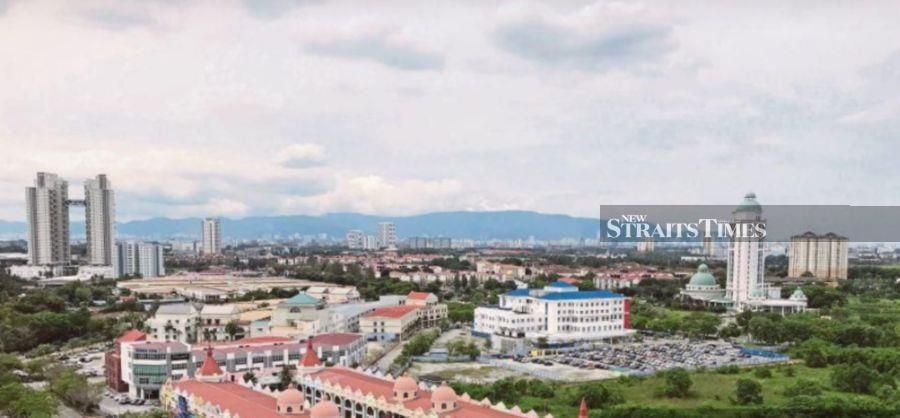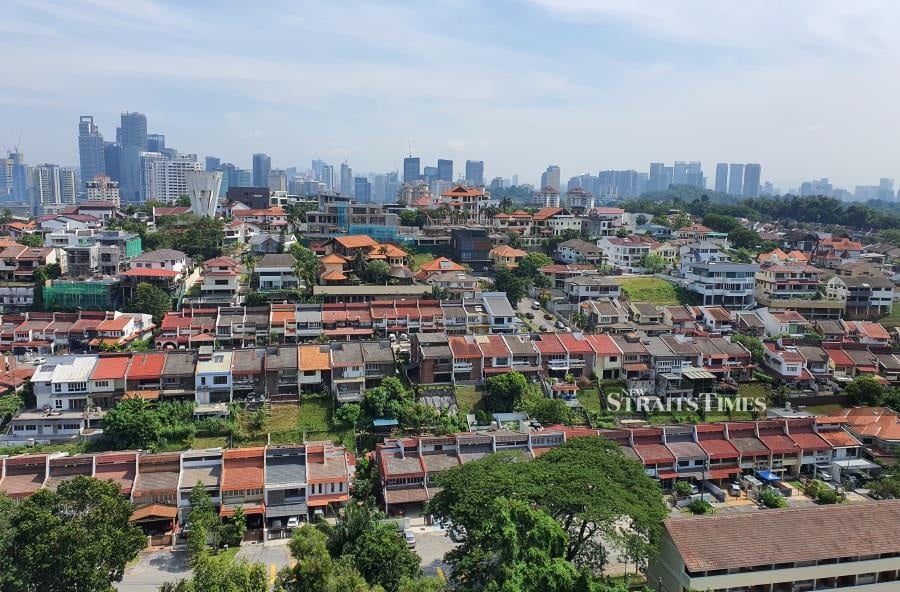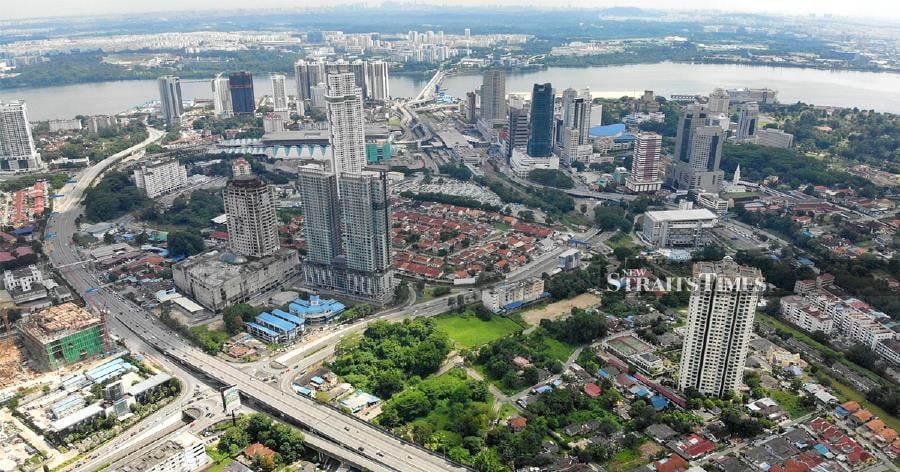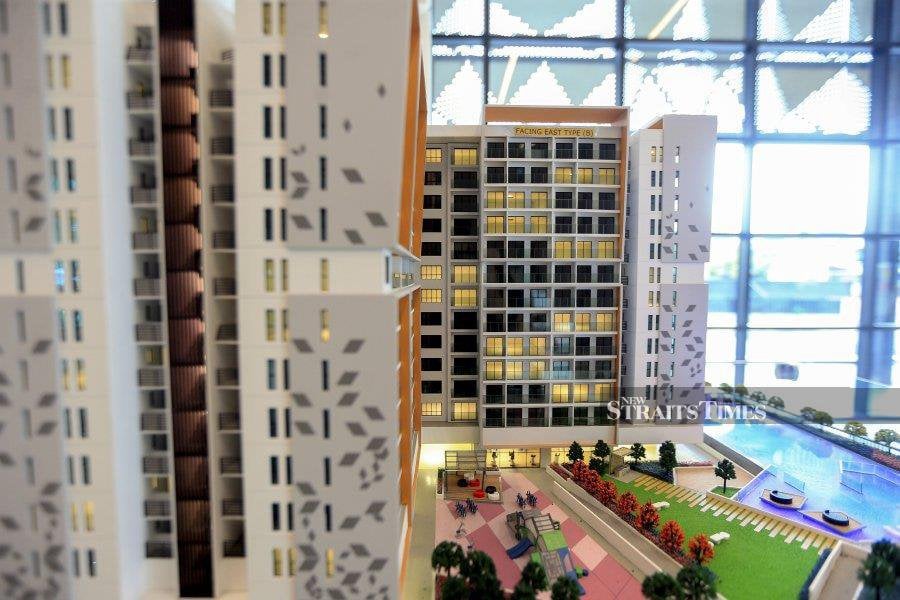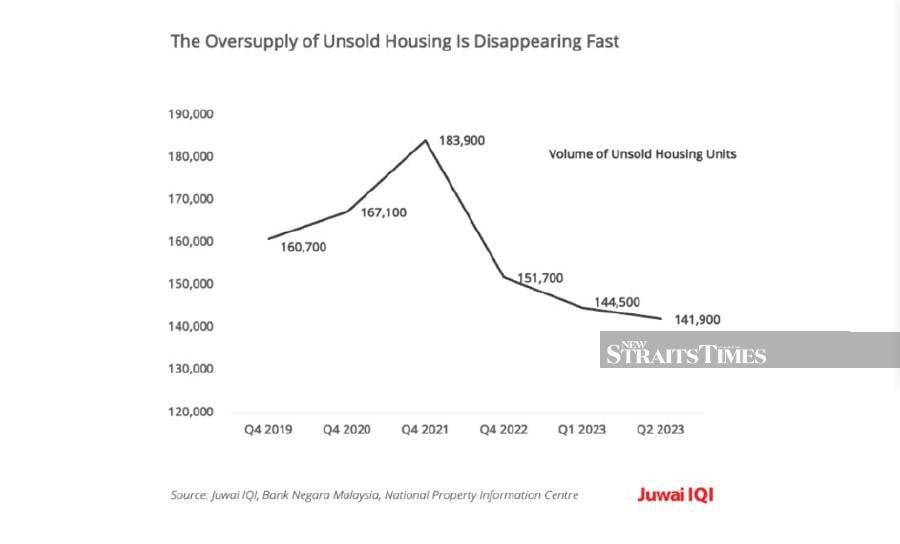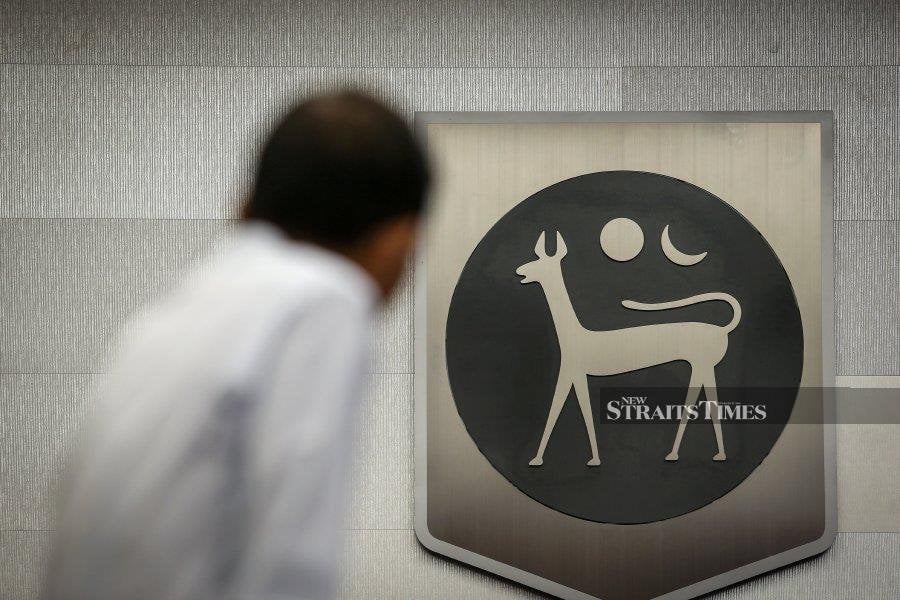PETALING JAYA: Dutch Lady Milk Industries Bhd (DLMI) is set to grow and strengthen after 60 years in business with the impending relocation of its dairy milk manufacturing plant to Bandar Enstek in Negri Sembilan.
DLMI is investing nearly RM600 million (including RM60 million for land acquisition) to build a new dairy factory on 32.59 acres of land in Bandar Enstek, which began as "Project Big Blue" that reflected its corporate colour.
The project, now known as DLMI@Enstek, is set to be completed next year.
The journey for DLMI's factory expansion, according to managing director (MD) Ramjeet Kaur Virik, began in 2019.
"That is when the plans were presented and approved by the executive board and the supervisory board, who were visiting from the Netherlands.
"We acquired the land in 2020, but then Covid-19 hit us and construction was delayed. There were some challenges, like with any project. Inflation hit, and there were cost increases," Ramjeet told Business Times.
Ramjeet, 46, said unexpected inflation, which increased the cost of materials and labour significantly, as well as the inclusion of additional capital expenditure items, forced the company to invest over RM200 million more in the factory than the original estimates of around RM300 million.
According to her, the state-of-the-art Industry 4.0 factory will take DLMI to a whole new level of technology.
She said some products will be produced at the DLMI @ Enstek factory in the first half of next year.
"When we go live next year, we will be doubling our current capacity. We also have land on the side to double the capacity again in the future.
"So technically, we can manufacture four times more than our current capacity in Petaling Jaya. If you have a factory, you build it based on what you need today, and of course, you always need extra capacity for growth. If you are going to invest RM540 million over a journey of five years, you want to make sure you are building a factory for the next 10 to 20 years.
'Any capital expenditure has that kind of long-term investment plan within. And of course, different lines and different product mixes will also change the picture.
One thing that the pandemic has taught us is that these shifts can happen quite fast. During the lockdown, the one-litre pack hit the roof because everybody was at home and they were consuming more milk. Now that things have opened up, we see a shift to the smaller packs," she said.
According to Ramjeet, by implementing Industry 4.0 technology, DLMI aims to achieve operational excellence and efficiency in order to continue winning in Malaysia and future markets.
She also said with the new factory, DLMI is committed to providing high-quality, Halal and affordable nutritious products for the foreseeable future.
Adopting new innovations will enable DLMI to meet its dairy production growth while also benefiting the growing local dairy industry by improving the quality and volume of local raw milk production.
"With the new factory, we can improve production efficiency and product innovation. We are also building a viewing deck and a visitor centre, which will open next year.
"We will have a pilot plant for research and development to create and innovate products with export potential. So we are taking our factory from 1963 into the future," she said.
The new factory will house a distribution centre, enabling DLMI to operate an end-to-end production cycle, she said.
In terms of how DLMI will continue to manage product pricing in the current environment, Ramjeet said with over 60 per cent household penetration, the company needs to keep its products affordable because Malaysia faces a significant nutritional challenge.
"It is our responsibility to keep products affordable for consumers. On the other hand, we have stakeholders and shareholders who expect profits from us. And the answer to this is a triangle dilemma.
"You must keep your products affordable, and you must ensure that you can account for inflation, currency exchange, and cost increases while still meeting our shareholders' expectations. In this triangle, the balance is pricing. It is not easy.
"The inflationary hit is real, and we saw it across the board. It happened with both the factory and our raw materials. The price of dairy raw materials increased by 30 per cent, with the biggest spike happening last year and into this year. I call it the peak of the inflationary hit."
It was a difficult time for the company and the industry as a whole, to deal with the inflationary cost hit.
"It is still at a historic high, but the good news is that it looks like it has stopped rising. Some materials, as you can see, are gradually declining in price. What I can say is the worst is behind us. I am hoping things will stay this way," she said.
Growth plan mooted in 2018
Royal FrieslandCampina, a Dutch conglomerate, owned 50.96 per cent of DLMI. Amanah Trustees Bhdd (12.9 per cent) and the Employees Provident Fund (11.05 per cent) are the other major shareholders in DLMI.
Ramjeet said the entire plan to expand DLMI began in 2018 when the company's then-MD, Tarang Gupta, requested a strategy review with the board's approval.
"We looked at what strategic opportunities we see for DLMI going forward. And I think through that exercise, what we realised was the importance and growth of dairy. I am very grateful that the rakyat of Malaysia continues to understand that milk is nutritious and that they continue to have our products in their shopping baskets.
"What we saw is that we have been growing over the past few years, and we expected this growth to continue. But when we looked at the factory, we realised that it had reached its limit.
"This area has been redesigned for mixed development; therefore, we could not get any more utilities or build upwards. That is when we decided it was time for us to move out, and that was the start of Project Big Blue.
'We also evaluated whether we could still stay here (Petaling Jaya). So that was a brown field versus a green field exercise, but then we very quickly realised that with the space and restrictions, a green field was the best option. We got approval to proceed in 2019 and to find the land," she said.
Ramjeet explained that Bandar Enstek was chosen because it is the country's largest Halal hub and is close to Kuala Lumpur International Airport and major highways.
The availability of the large tract of land (32.59 acres), which is three times the size of the current land housing the Dutch Lady factory in Petaling Jaya, was most important, she said.
DLMI intends to introduce new flavours, packaging formats, and sizes through this plant.
Aside from exporting to Singapore and Brunei, the company is looking for new markets, Ramjeet said.
Addressing stunting issues among Malaysian children
DLMI has been a part of the Malaysian landscape since 1963, and it has a multigenerational appeal to continue "Nourishing the Planet and People at Every Stage of Life".
The Dutch Lady brand includes special formulations for children such as Dutch Lady 123 and Dutch Lady 456, as well as fresh and UHT milks, milk powders, yoghurts and flavoured milk drinks.
In 1988, it was the first Malaysian dairy company to introduce fortified milk powder for children.
Its "Grass to Glass" philosophy drives the company's sustainable roadmap, which has four goals: better nutrition for Malaysians, driving sustainable initiatives at the farm level, better balance with a lower carbon footprint, and post-consumption efforts.
Ramjeet said the mission of DLMI is to nourish the planet and people at all stages of life, and the company sees opportunities for continuous growth in Malaysia.
She said Malaysia has a long way to go to drive the country's nutritional agenda.
According to the Southeast Asian Nutrition Survey II, the nutritional status of Malaysian children is concerning, she said.
It was discovered that 70 per cent of children under the age of 12 did not meet the recommendation for calcium intake, 84 per cent did not meet the recommendation for vitamin D intake, and one in every three children does not eat breakfast when they go to school.
Only 37 per cent of Malaysian children have milk and dairy for breakfast, and 83 per cent of those who do have breakfast do not meet the daily recommended dairy intake.
"When we read the National Health & Morbidity Survey 2022, we noted that Malaysia's stunting rate is increasing.
"We are now 21.2 per cent stunted, up from around 19 per cent previously. Facts have proven that when one in five Malaysian children is stunted, there is a direct correlation with how the economy is going to develop. And also, you are at greater risk of becoming obese later in life."
Based on the statistics, she feels worried for the nation.
"If this is the way our nation is heading from a nutritional angle, it is not going the right way. If you look at our products, the recommendation is two glasses of milk a day, and you will get the calcium that you need.
"We also fortify with Vitamin D so you will get Vitamin D. And we have products for every stage of life. Hopefully, these can address the stunting issue that you need to catch at a certain age and also help reverse this alarming nutritional status," she added.
Source: https://www.nst.com.my/business/corporate/2023/11/975194/dutch-lady-gearing-future


